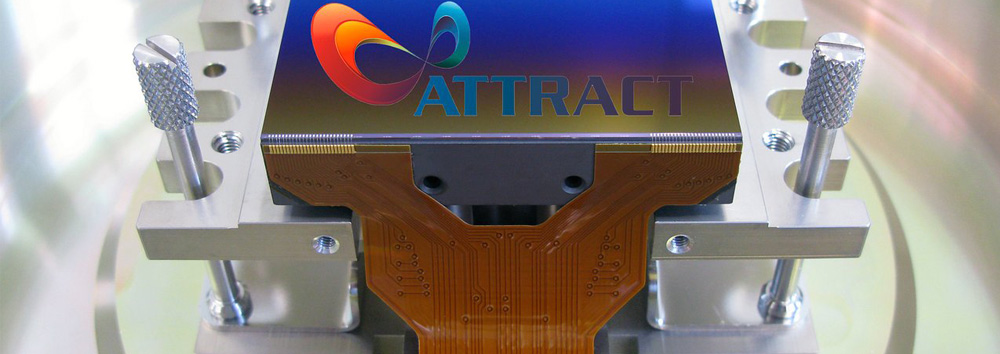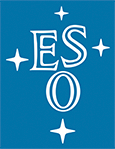© European Southern Observatory
The projects selected for funding were drawn from a pool of more than 1200 proposals from researchers and entrepreneurs in scientific and industrial organisations across the world. An independent Research, Development and Innovation (R&D&I) Committee used a rigorous evaluation process to determine which of these proposals should receive €100,000 of funding.
ESO’s role as a partner in the ATTRACT consortium reflects its ongoing commitment to using astronomical technology to address societal challenges. The following selected ATTRACT projects highlight some of the societal applications of ESO’s astronomical technology and expertise:
3D-CANCER-SPEC will bring astronomical technology to bear against cancer, one of the leading cause of death worldwide. This project — coordinated by Martin Roth of innoFSPEC at the Leibniz-Institut für Astrophysik Potsdam — will combine the expertise of two partners involved in the development of the innovative MUSE instrument on ESO’s Very Large Telescope. By doing so, the team will carry out a design study for an imaging spectrograph suitable for clinical cancer studies.
Single Photon Visible Light Image Sensors for Science and Technology seeks to lay the foundations for transformational changes in low-light imaging. This project, coordinated by Konstantin Stefanov of the Open University in partnership with ESO detector specialist Mark Downing, aims to develop single-photon visible-light imagers, suitable for adaptive optics systems and low-light level spectroscopic and imaging applications. The imaging performance of such sensors would be limited only by the photon absorption in the semiconductor and the quantum nature of light. By detecting and counting each and every photon without registering any additional noise, these sensors could offer the ultimate imaging performance — helping us see and discover the unknown.
“It’s wonderful to see how this technology used in ESO’s telescope instruments can be applied in a completely different field,” commented Andrew Williams, ESO’s representative on the ATTRACT Executive Board. “This is a key goal of the ATTRACT project, which provides seed funding to enable such ideas and continues the long tradition of fundamental research leading to innovative technologies that benefit society.”
About ESO
ESO, the European Southern Observatory, is the foremost intergovernmental astronomy organisation in Europe and the world’s most productive astronomical observatory. ESO provides state-of-the-art research facilities to astronomers and is supported by Austria, Belgium, the Czech Republic, Denmark, Finland, France, Germany, Italy, the Netherlands, Poland, Portugal, Spain, Sweden, Switzerland and the United Kingdom, along with the host state of Chile. Several other countries have expressed an interest in membership.



